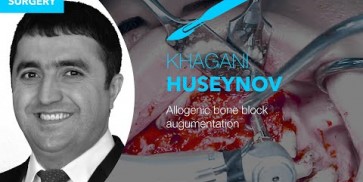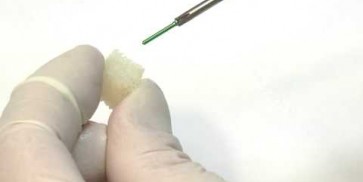
maxgraft® blocks
- A predictable and highly effective alternative to traditional block grafting
- Ridge augmentation
|
- Preserved biomechanical properties
- Sterile without antigenic effects
- Storable at room temperature for 5 years
- Osteoconductive properties supporting natural and controlled tissue remodeling
maxgraft® block | ||||
|---|---|---|---|---|
Article Number | Dimensions | Content | ||
31111 | 10 x 10 x 10 mm | 1x uni-cortical | ||
31112 | 20 x 10 x 10 mm | 1x uni-cortical | ||
32111 | 10 x 10 x 10 mm | 1x cancellous | ||
32112 | 20 x 10 x 10 mm | 1x cancellous |

For experienced oral and maxillofacial surgeons, allograft bone blocks for block augmentation are the only real alternative to harvesting the patient’s own autologous bone. This helps preventing well known risks such as donor-site morbidity, infection, post-operative pain, and bone-stability loss. The excellent biological regeneration capability of maxgraft® results in a predictable clinical outcome.
Please find our free webinars at www.botiss-webinars.com
Kostenfreie Webinare zu Schulungszwecken finden Sie unter www.botiss-webinars.com
Please find our free webinars at www.botiss-webinars.com
Please find our free webinars at www.botiss-webinars.com
Please find our free webinars at www.botiss-webinars.com
Please find our free webinars at www.botiss-webinars.com
Please find our free webinars at www.botiss-webinars.com
Please Contact us for Literature.



























